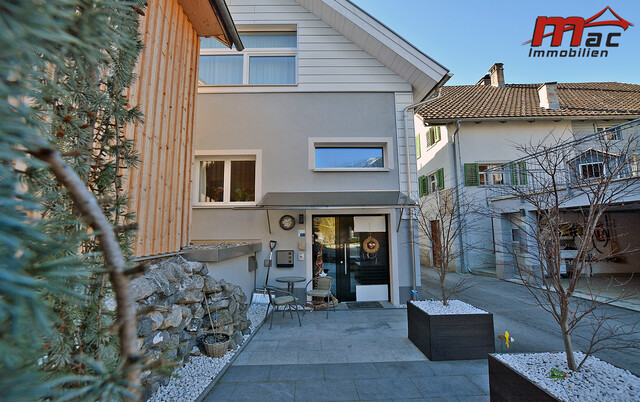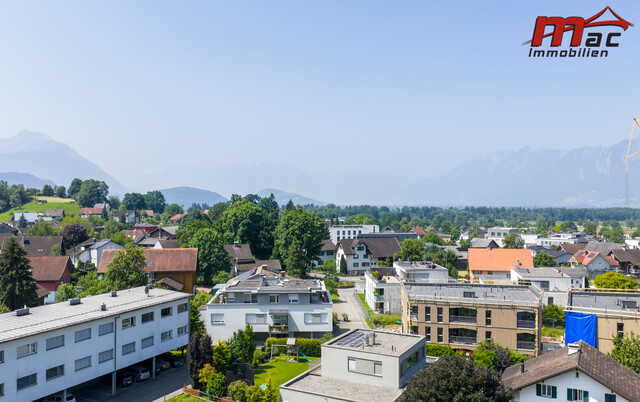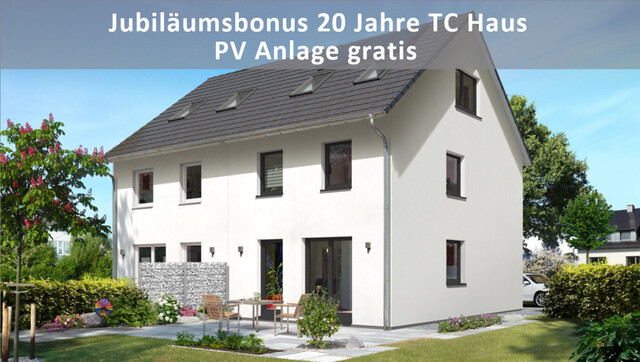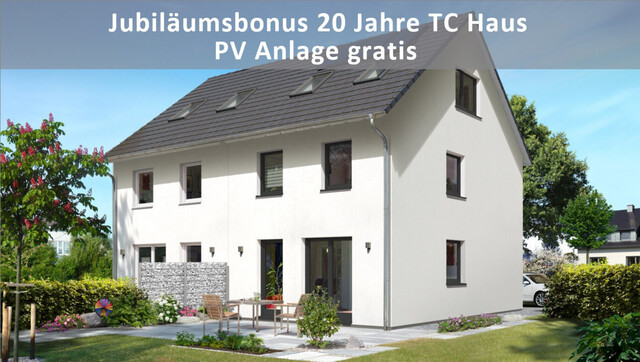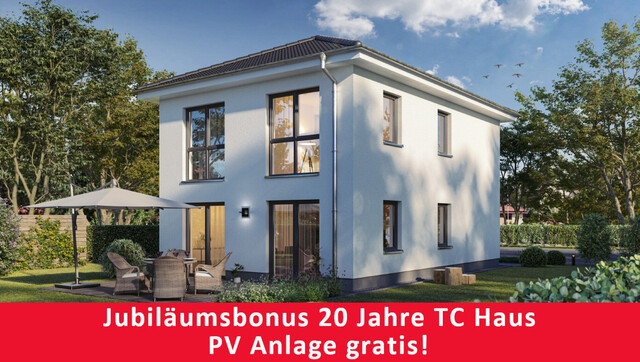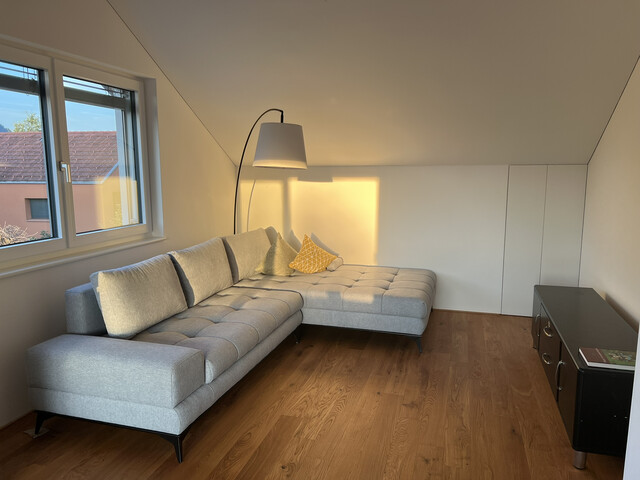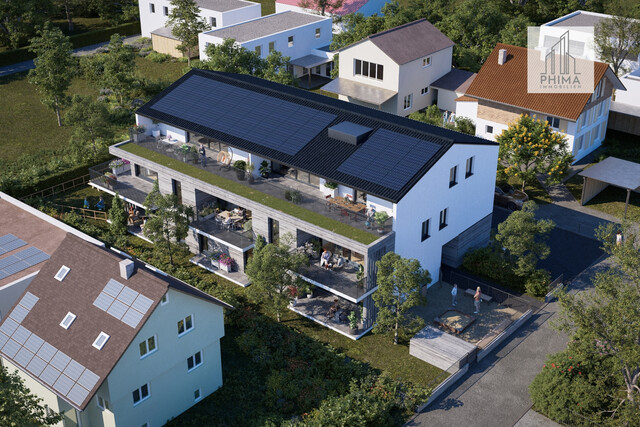37 degrees - and the Environment Minister shakes climate goals, the "Kronen Zeitung" was outraged at the beginning of the first heatwave this year about Norbert Totschnig (ÖVP): The man did not announce efforts to intensify the fight against climate change; as far as that is possible from an Austrian perspective in the global context. No, he spoke out for the opposite and described climate neutrality by 2040 not as a duty, but merely as a "voluntary exercise." Moreover, he refused - fittingly - to lower the speed limit on highways to 100 km/h across the board, even though this would reduce pollutant emissions.
Let's put it this way: Totschnig represents politicians who think only until the next election day. Motto: "After me, the deluge." However, the current heatwave once again makes it clear that climate change does not come overnight, but is ongoing. Sure: Temperatures of over 30 degrees and more have always existed. But it is happening more and more often.
This is particularly noticeable in Vienna: The number of hot days is increasing significantly. A considerable part of the population suffers from it. In view of this, climate impact limitation policy is needed. And much more ambitious than before.
In the program of the red-pink city government led by Mayor Michael Ludwig (SPÖ), for example, there is quite a bit: The tree planting initiative is to be continued. At least 20,000 new trees are to be planted in the next five years. And in such a way that as much shading as possible is achieved. That is not nothing. But: How about doubling the number? Or ensuring that in every street where no plant exists yet, at least such are provided in large containers?
Yes: How about setting a real long-term goal? For example: In districts close to the center, where there are hardly any green spaces, ensure that there are only short-term parking zones. So that cars, which contribute to additional heating, are no longer permanently parked on the street. In other words: There will always have to be exceptions, but it should be limited to that.
And how is the whole thing supposed to work? The place for cars should be the garage. In new buildings, this is the norm. But this only covers a small part of the total demand. It would therefore be necessary for thousands of parking spaces to be created in many small units in existing buildings or underground garages under parks, for example. By the city. So that in the end streets become meeting zones with green spaces, bringing quality of life and, especially in the height of summer, heating up less cruelly.
Johannes Huber runs the blog dieSubstanz.at – Analyses and backgrounds on politics
This article has been automatically translated, read the original article here.
Du hast einen Hinweis für uns? Oder einen Insider-Tipp, was bei dir in der Gegend gerade passiert? Dann melde dich bei uns, damit wir darüber berichten können.
Wir gehen allen Hinweisen nach, die wir erhalten. Und damit wir schon einen Vorgeschmack und einen guten Überblick bekommen, freuen wir uns über Fotos, Videos oder Texte. Einfach das Formular unten ausfüllen und schon landet dein Tipp bei uns in der Redaktion.
Alternativ kannst du uns direkt über WhatsApp kontaktieren: Zum WhatsApp Chat
Herzlichen Dank für deine Zusendung.

